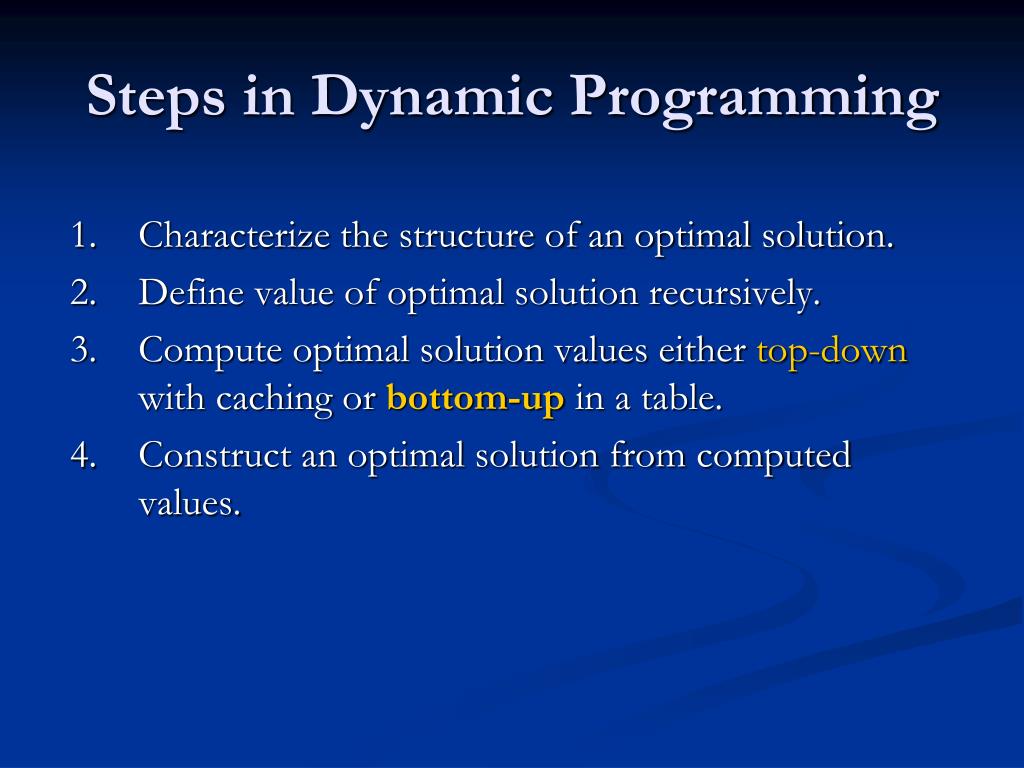
Mathematicais the world's most powerful global computing environment. In control theory, a typical problem is to find an admissible control u ∗, which is the value of the initial decision problem for the whole lifetime.Wolfram Mathematica at Western Illinois University

The optimal values of the decision variables can be recovered, one by one, by tracking back the calculations already performed. Finally, V 1 at the initial state of the system is the value of the optimal solution. Since V i has already been calculated for the needed states, the above operation yields V i−1 for those states. For i = 2, ., n, V i−1 at any state y is calculated from V i by maximizing a simple function (usually the sum) of the gain from a decision at time i − 1 and the function V i at the new state of the system if this decision is made. The values V i at earlier times i = n −1, n − 2, ., 2, 1 can be found by working backwards, using a recursive relationship called the Bellman equation. The definition of V n( y) is the value obtained in state y at the last time n. , V n taking y as an argument representing the state of the system at times i from 1 to n. This is done by defining a sequence of value functions V 1, V 2. In terms of mathematical optimization, dynamic programming usually refers to simplifying a decision by breaking it down into a sequence of decision steps over time.

In the optimization literature this relationship is called the Bellman equation. If sub-problems can be nested recursively inside larger problems, so that dynamic programming methods are applicable, then there is a relation between the value of the larger problem and the values of the sub-problems. Likewise, in computer science, if a problem can be solved optimally by breaking it into sub-problems and then recursively finding the optimal solutions to the sub-problems, then it is said to have optimal substructure. While some decision problems cannot be taken apart this way, decisions that span several points in time do often break apart recursively. In both contexts it refers to simplifying a complicated problem by breaking it down into simpler sub-problems in a recursive manner. The method was developed by Richard Bellman in the 1950s and has found applications in numerous fields, from aerospace engineering to economics. Finding the shortest path in a graph using optimal substructure a straight line indicates a single edge a wavy line indicates a shortest path between the two vertices it connects (among other paths, not shown, sharing the same two vertices) the bold line is the overall shortest path from start to goal.ĭynamic programming is both a mathematical optimization method and a computer programming method.


 0 kommentar(er)
0 kommentar(er)
